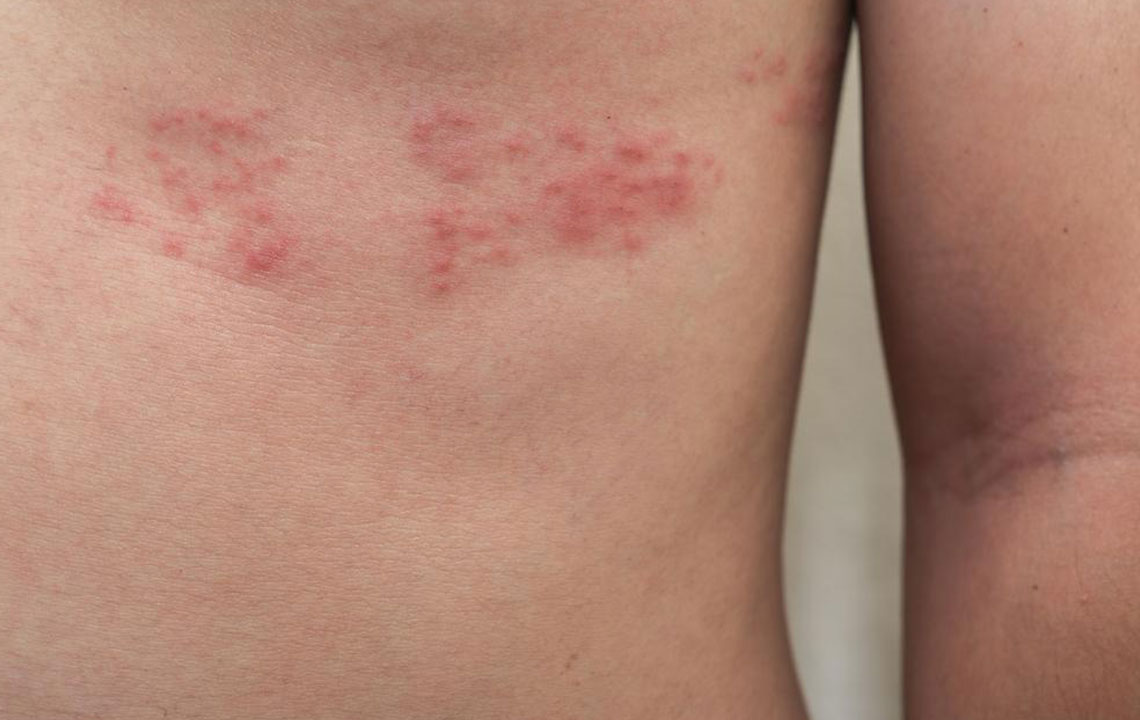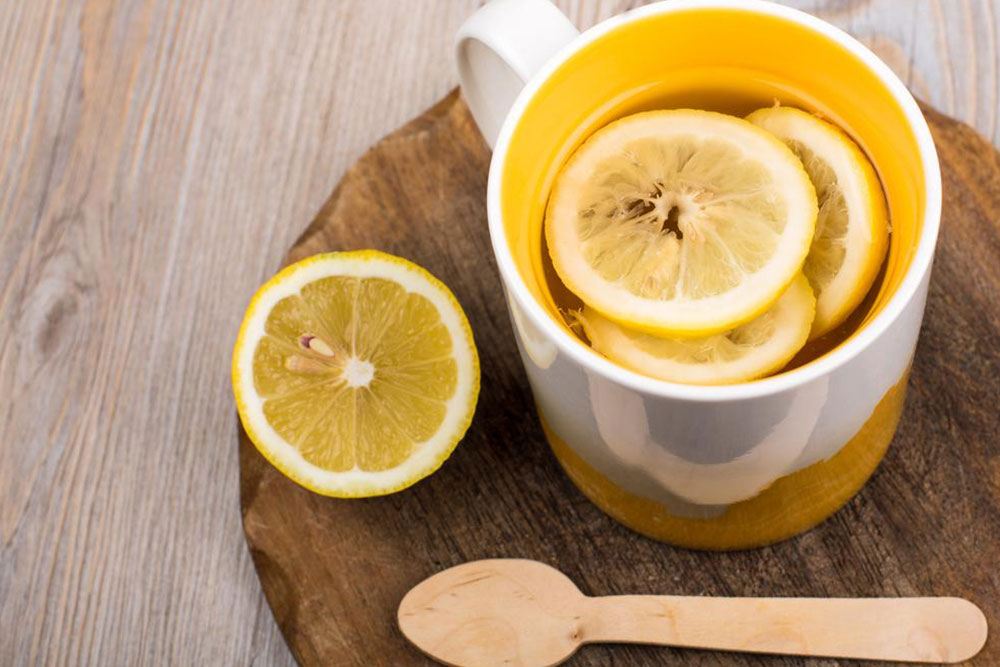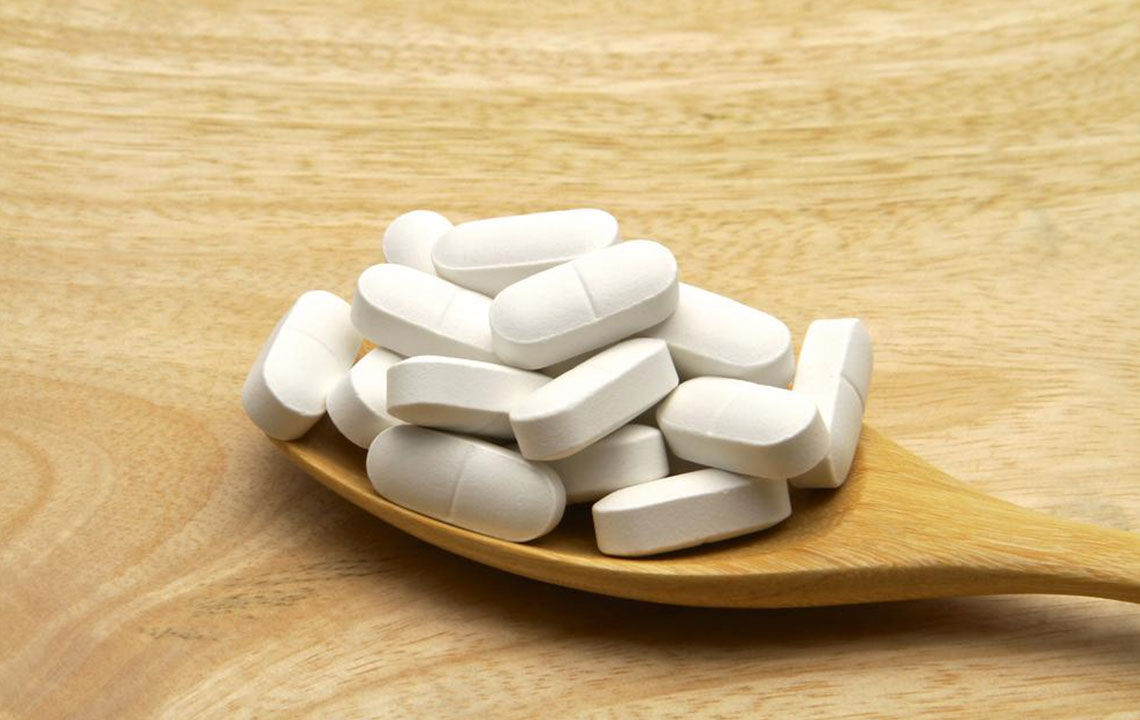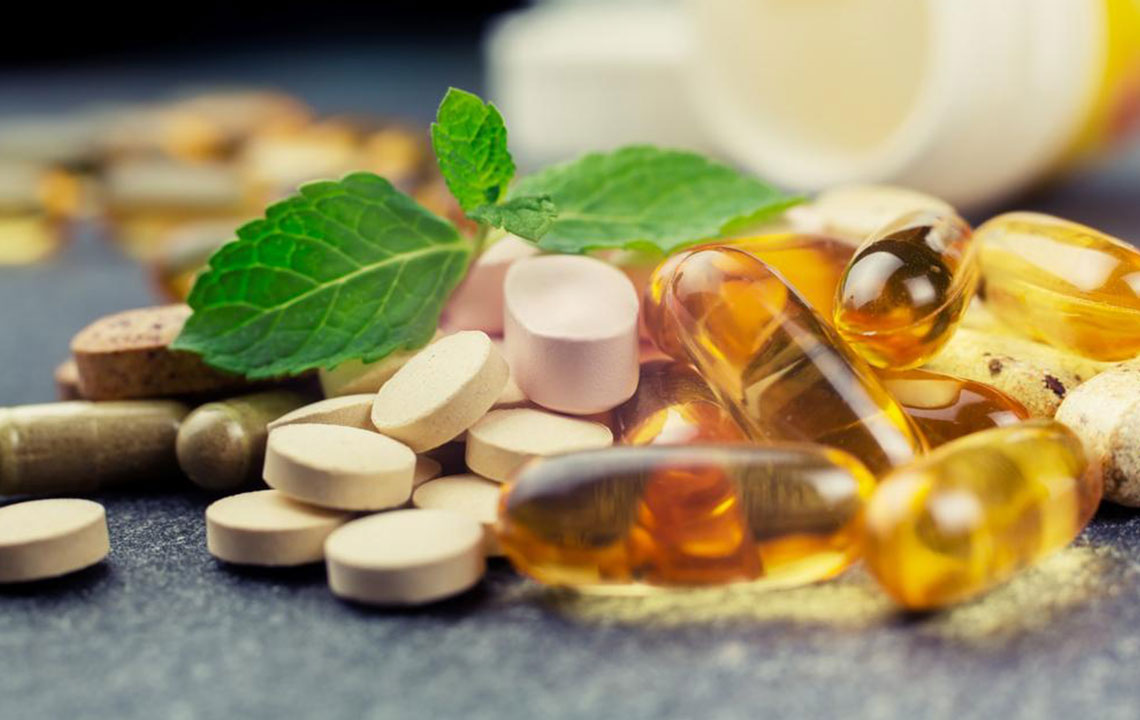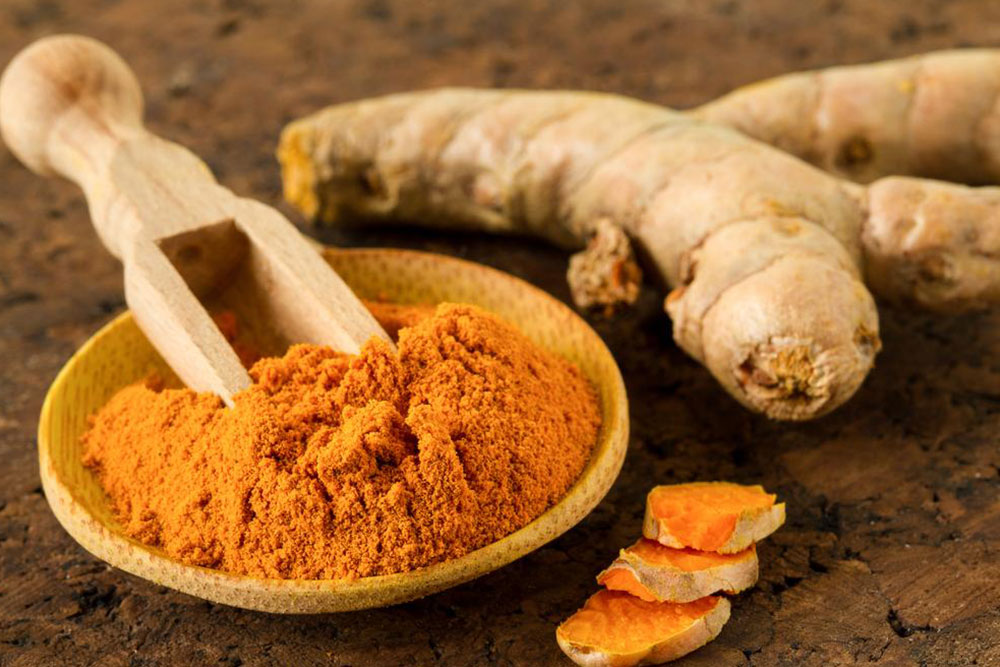Effective Daily Habits for Managing Shingles Symptoms
Learn practical daily habits to manage shingles symptoms effectively. From soothing baths and cold compresses to a nutritious diet and comfy clothing, these tips support medical treatments by reducing discomfort and promoting healing. Implementing these routines can help alleviate the pain and itchiness associated with shingles, leading to improved comfort during recovery. Remember, these habits complement prescribed therapies but do not replace professional medical advice for shingles treatment.
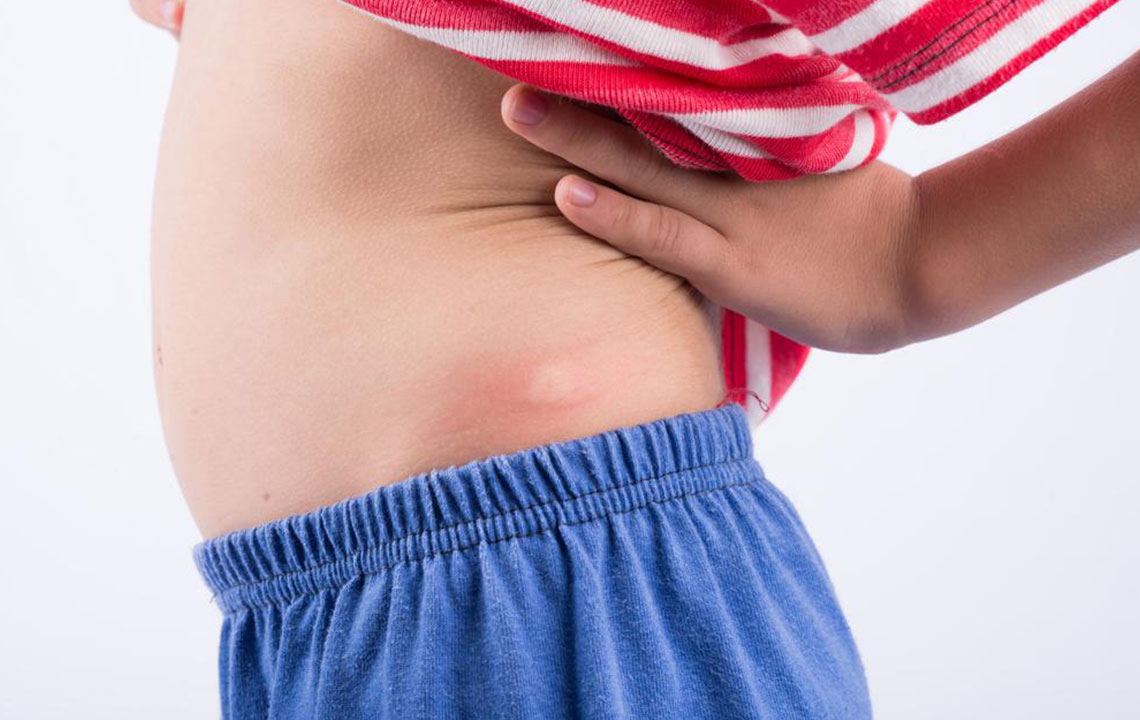
Effective Daily Habits for Managing Shingles Symptoms
Shingles, also known as herpes zoster, impacts about one-third of the U.S. population. It manifests as a painful skin rash forming a band or cluster on one side of the body or face. More common among seniors and those with weakened immune systems, shingles results from reactivation of the varicella-zoster virus, the same virus behind chickenpox. Triggers include stress, certain medications, and injuries. The dormant virus can reactivate during adulthood, causing shingles symptoms which include fatigue, fever, pain, and skin blisters.
Once activated, shingles typically lasts between two to six weeks, as the virus runs its natural course. Treatment focuses on alleviating pain and discomfort caused by rashes and blisters, often through medications and topical ointments prescribed by healthcare professionals. In addition to medical treatment, certain daily routines can help ease symptoms:
Take soothing baths: Regular cleansing of rashes with cool water helps prevent infection spread and reduces itching. Avoid hot water as it can worsen symptoms. Incorporate colloidal oatmeal into lukewarm baths for added relief. Use a clean, antiseptic towel to dry thoroughly.
Use gentle skin lotions: Applying calamine lotion or petroleum jelly can soothe itching and prevent scratching. Avoid scented or chemical-heavy products to avoid skin irritation.
Apply cold compresses: Using cold, damp cloths on affected areas reduces inflammation and promotes blister drying. Limit use of ice packs to avoid increased skin sensitivity.
Make a baking soda or cornstarch paste: Combining two parts cornstarch or baking soda with one part water creates a soothing paste. Applying it to the rash areas can relieve itchiness for 10-15 minutes multiple times daily.
Maintain a balanced diet: Nourishing foods bolster the immune system, aiding in symptom management and preventing rash spread. Focus on foods rich in vitamins A, B-12, C, E, and lysine (such as dairy, eggs, legumes, whole grains, chicken, fish, and vegetables). Limit sugar, processed carbs, saturated fats, and arginine-rich foods.
Choose loose, breathable clothing: Wearing natural, lightweight fabrics prevents irritation caused by friction and sweat. Avoid synthetic materials like polyester or nylon to minimize itchiness.
While these daily habits are not cures, combining them with medical treatment can promote faster healing and less discomfort during shingles recovery.

